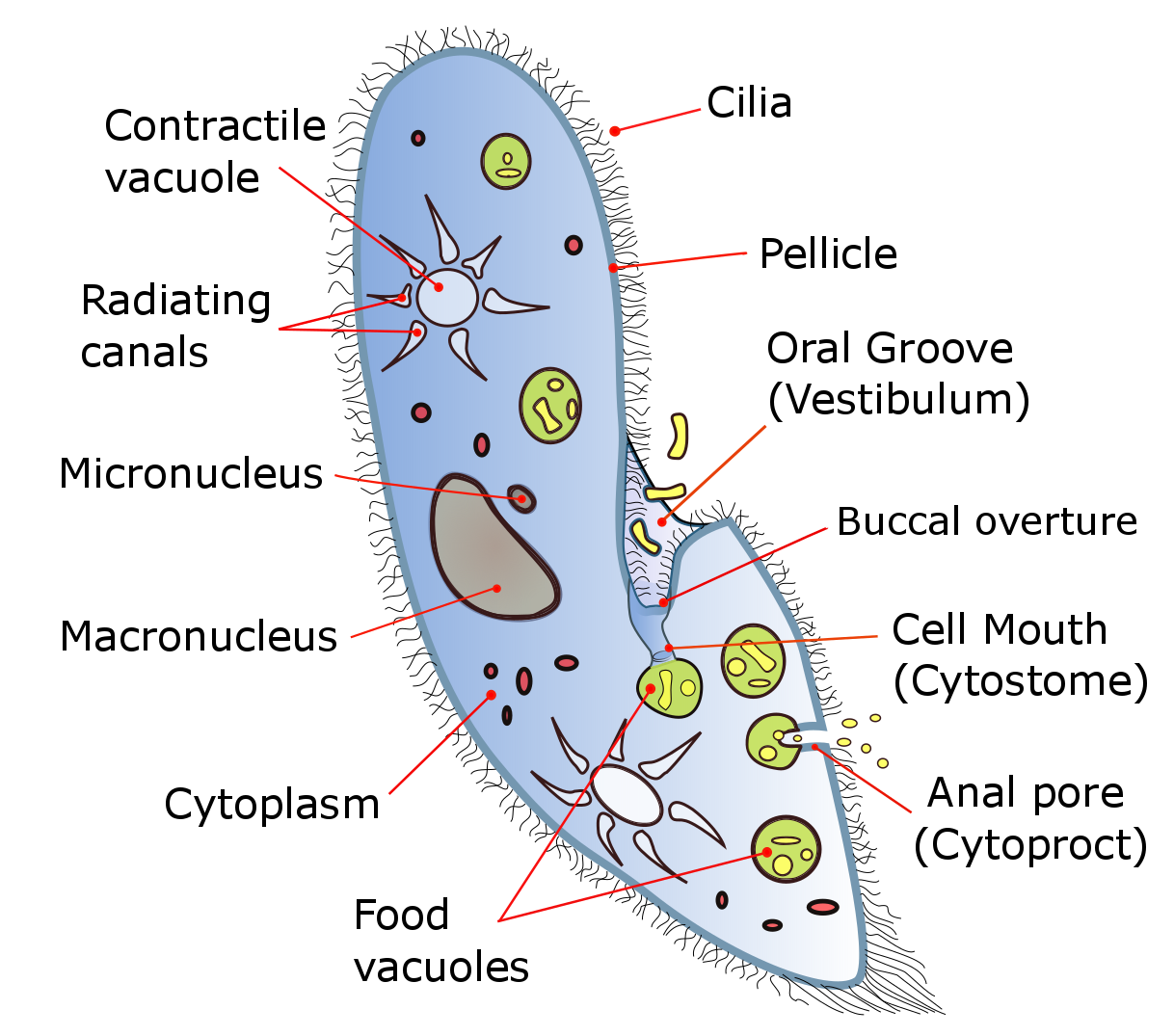|
Opercularia (ciliate)
''Opercularia'' is a genus of fresh water, freshwater, colonial, Sessilida, sessiline Peritrichia, peritrich ciliates. As consumers of free bacteria in the water, several species of Opercularia serve as important indicator organisms in the study of wastewater treatment. Operculariids can be distinguished from other sessile peritrichs (many of which share very similar body plans) by their prominent, non-contractile stalk; peristome without lip; and elongate, horseshoe-shaped macronucleus. Etymology The name ''Opercularia'' comes from the Latin opercularis, which means covered (with a lid). This is in reference to their lid-like peristomal disk. Selected species Selected species include: *''Opercularia allensi'' *''Opercularia coarctata'' *''Opercularia cylindrata'' *''Opercularia longigula'' *''Opercularia minima'' *''Opercularia nutans'' *''Opercularia stenostoma'' References Oligohymenophorea {{ciliate-stub ... [...More Info...] [...Related Items...] OR: [Wikipedia] [Google] [Baidu] |
Genus
Genus ( plural genera ) is a taxonomic rank used in the biological classification of living and fossil organisms as well as viruses. In the hierarchy of biological classification, genus comes above species and below family. In binomial nomenclature, the genus name forms the first part of the binomial species name for each species within the genus. :E.g. '' Panthera leo'' (lion) and '' Panthera onca'' (jaguar) are two species within the genus ''Panthera''. ''Panthera'' is a genus within the family Felidae. The composition of a genus is determined by taxonomists. The standards for genus classification are not strictly codified, so different authorities often produce different classifications for genera. There are some general practices used, however, including the idea that a newly defined genus should fulfill these three criteria to be descriptively useful: # monophyly – all descendants of an ancestral taxon are grouped together (i.e. phylogenetic analysis should c ... [...More Info...] [...Related Items...] OR: [Wikipedia] [Google] [Baidu] |
Fresh Water
Fresh water or freshwater is any naturally occurring liquid or frozen water containing low concentrations of dissolved salts and other total dissolved solids. Although the term specifically excludes seawater and brackish water, it does include non- salty mineral-rich waters such as chalybeate springs. Fresh water may encompass frozen and meltwater in ice sheets, ice caps, glaciers, snowfields and icebergs, natural precipitations such as rainfall, snowfall, hail/ sleet and graupel, and surface runoffs that form inland bodies of water such as wetlands, ponds, lakes, rivers, streams, as well as groundwater contained in aquifers, subterranean rivers and lakes. Fresh water is the water resource that is of the most and immediate use to humans. Water is critical to the survival of all living organisms. Many organisms can thrive on salt water, but the great majority of higher plants and most insects, amphibians, reptiles, mammals and birds need fresh water to surv ... [...More Info...] [...Related Items...] OR: [Wikipedia] [Google] [Baidu] |
Ciliate
The ciliates are a group of alveolates characterized by the presence of hair-like organelles called cilia, which are identical in structure to eukaryotic flagella, but are in general shorter and present in much larger numbers, with a different undulating pattern than flagella. Cilia occur in all members of the group (although the peculiar Suctoria only have them for part of their life cycle) and are variously used in swimming, crawling, attachment, feeding, and sensation. Ciliates are an important group of protists, common almost anywhere there is water—in lakes, ponds, oceans, rivers, and soils. About 4,500 unique free-living species have been described, and the potential number of extant species is estimated at 27,000–40,000. Included in this number are many ectosymbiotic and endosymbiotic species, as well as some obligate and opportunistic parasites. Ciliate species range in size from as little as 10 µm in some colpodeans to as much as 4 mm in length in s ... [...More Info...] [...Related Items...] OR: [Wikipedia] [Google] [Baidu] |
Opercularia Allensi
''Opercularia'' may refer to: * ''Opercularia'' (ciliate), a genus of sessiline peritrich ciliates * ''Opercularia'' (plant), a genus of plants in the family Rubiaceae {{Genus disambiguation ... [...More Info...] [...Related Items...] OR: [Wikipedia] [Google] [Baidu] |

